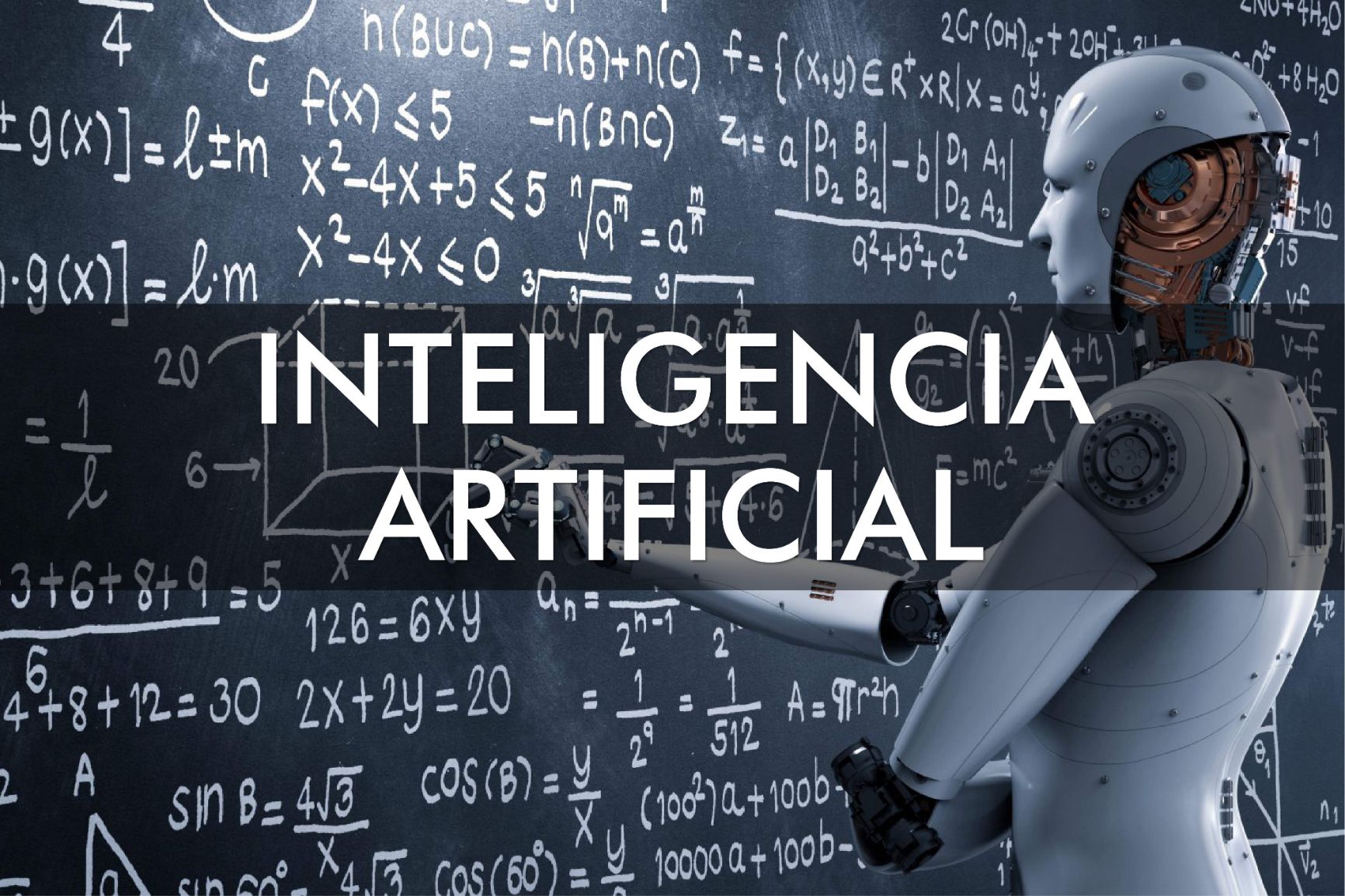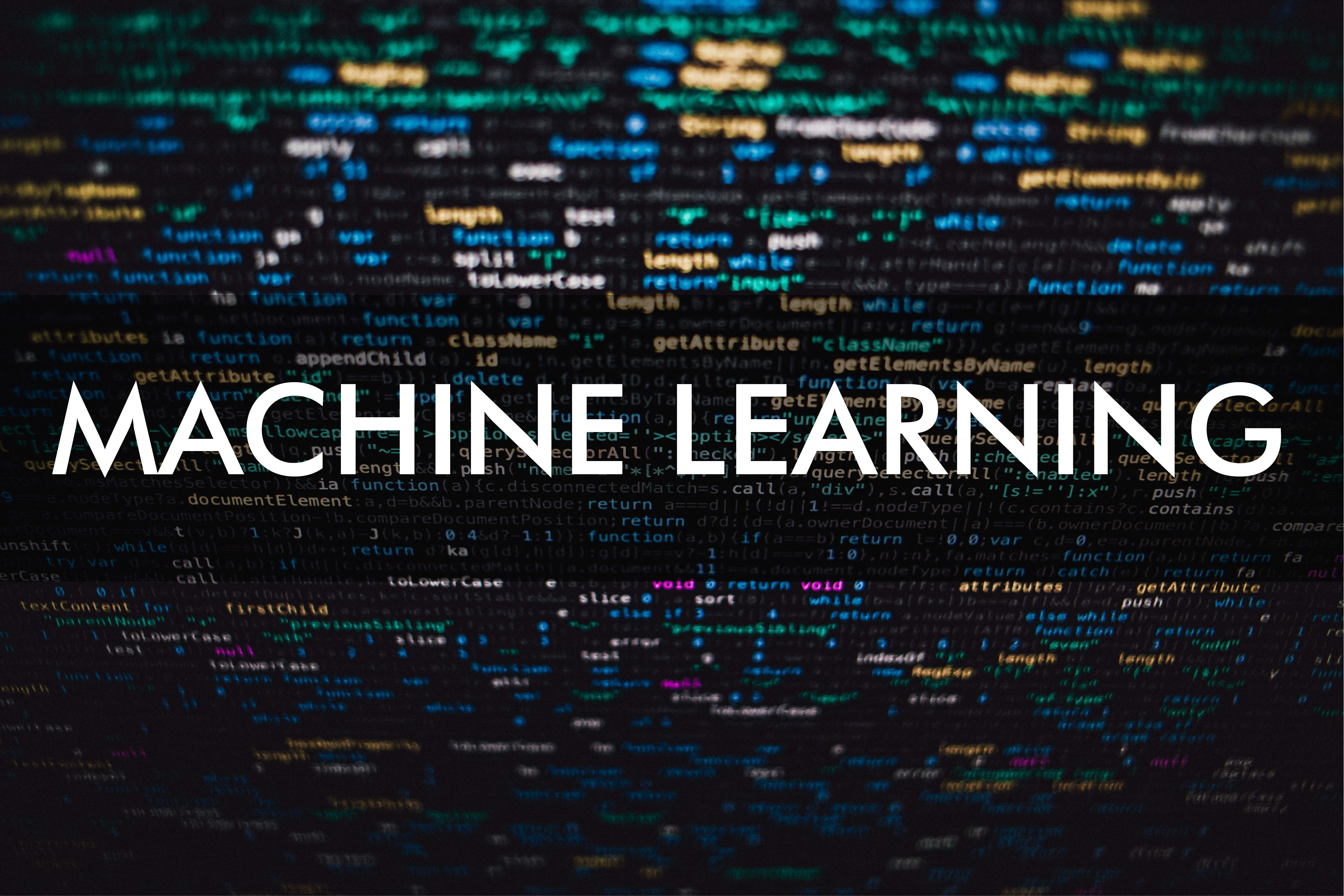To pass Turing's
test
Last June 7th was the 65th anniversary of the death of Alan Turing, a Brithish mathematician, computer scientist, cryptographer, philosopher, theoretical biologist and marathon runner. He led the team that broke the Nazi code generated with the Enigma machine, accomplishment that allowed the allies to intervene German communications in World War II and it is claimed to have shortened the war by a couple of years, saving millions of lives. He invented the concept known as the Turing Machine, one of the first theoretical models of a computer and whose variations, with the mathematical orientation provided by Alonzo Church, is still the basis for theoretical developments in computer science. Finally, his work helped lay the foundations for shaping what is now the field of Artificial Intelligence.
Tragically, Alan Turing's career was cut short by intolerance when he was prosecuted for being homosexual, then illegal in the UK. Notwithstanding his contributions, it took 57 years for the authorities to issue an apology for the mistreatment he received and 60 for Queen Elizabeth II to grant him a pardon in 2013.

In 1950 Alan Turing published an article entitled "Computational Machinery and Intelligence", in which he proposed an experiment to determine whether a computer could think. The experiment, the now famous Turing Test, consists of an imitation game, in which a person and a computer answer the questions of a human interrogator, who tries to determine based on the answers who the computer is. Turing predicted that by 2000 an interrogator would have only a 30% chance of identifying the computer in the first 5 minutes. Since 2012, the centenary of Turing's birth, a competition is held to win the Loebner Prize, which offers $100,000 and the gold medal for the first program that the judges cannot distinguish from a human being in a Turing Test. The award has not yet been awarded. (The original article can be read here)
This article was important not only because of the experiment’s description or the answers it gives to several arguments saying that it couldn’t become a reality, but because the effort to give a machine the capabilities to pass the Turing test has become the quintessential framework in which the areas that make up the field of artificial intelligence can be framed.
In order to pass the Turing test, a computer needs to first grasp the questions asked to it and to understand their meaning. It then needs some way to represent and store knowledge that may help it to answer the questions, a process to find the answer within stored knowledge, and a mechanism to record new knowledge acquired from the reactions generated by its answers. Finally, it needs a way to communicate those answers.

Image: alanturing.net
Each of these tasks involves a challenge of different characteristics and is therefore an area of artificial intelligence development, including those that seek to remove the restriction of Turing's original experiment that the computer was not seen by the interrogator.
Let us then take advantage of this conceptual framework to present a very brief description of the main areas covering artificial intelligence and a commentary on the state of its developments today. These areas do not progress independently, but techniques discovered in one are used in another, so they form a large body of research.
TO RECEIVE AND UNDERSTAND QUESTIONS
- Natural language processing (oral and written). Techniques to detect patterns in images and sounds, and recognize letters, symbols and words from them. It is one of the areas with the greatest advance, which we see daily in smartphones and virtual assistants on the internet.
- Natural language interpretation. Techniques for assigning meaning to recognized letter sets, symbols, and words to generate responses or perform requested tasks. The latest advances allow increasingly general vocabularies and topics.
TO STORAGE KNOWLEDGE, SEEK ANSWERS AND LEARN
- Knowledge representation. Techniques to represent facts and rules of reality in a way that allows to evaluate the validity of declarations and find new rules. It is a complex area somewhat relegated by the success of machine learning.
- Problem solving. Techniques to find, among all possible alternatives, the sequence of actions that leads to a desired state. It is an area that largely owes its advances to the ingenious algorithms created by researchers.
- Machine or machine learning. Techniques for discovering patterns in the data, which are then used to make predictions or choose a course of action. It is the most popular area in this decade for its very numerous and spectacular applications.
TO COMMUNICATE THE ANSWERS
- Natural language generation. Techniques for a system to express its results in a conversational way ("plain English"). It is an area whose applications are already found on many devices, the challenge is to have more general vocabularies and topics.
- Voice synthesizing. Techniques to transform the results expressed in conversational form into intelligible sounds. The voice’s naturality has been improved, but the situation is different in each language because of the research effort devoted to it.
TO REMOVE THE RESTRICTION OF NOT BEING SEEN BY THE INTERROGATOR
- Image recognition. Techniques for identifying objects and people in images. It has made extraordinary advances in this decade because of the use of machine learning tools. Its use is wide and even controversial.
- Robotics. Techniques for the design and construction of machines that act in the physical world. Advances in the areas of problem solving, machine learning and image recognition allow robots with much greater autonomy and mobility.
All these areas are nourished by the contributions of various fields of human knowledge, from mathematics, computer engineering and cybernetics, to economics, linguistics and philosophy, to psychology and neuroscience.
Although each person, company or institution may specialize in a specific area, as it happens in other areas of our today’s complex world, a multidisciplinary orientation is necessary to succeed and it is desirable to seek, perhaps, the ability to reinvent oneself that Alan Turing always demonstrated.
See more information in our Artificial Intelligence section.Did you enjoy this post? Read another of our posts here.



